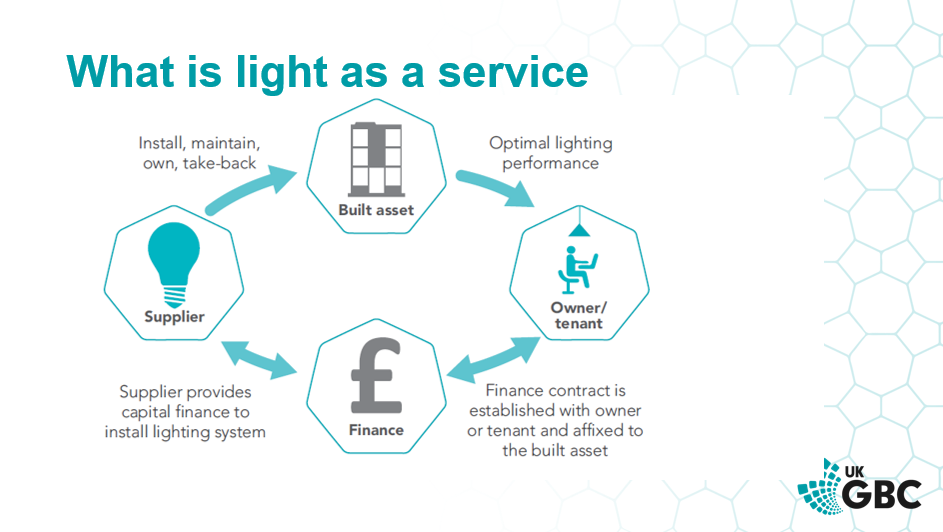How can construction projects achieve circular economy ambitions?


One of the greatest opportunities about the circular economy is also its greatest challenge: success will deliver, and relies on, systemic change. In the context of sustainable construction that means investors, contractors, consultants and construction supply chains must work together and follow the same strategies to do things differently.
The UK Green Building Council (UKGBC) highlighted that, of 50,000 buildings demolished every year, much of the 90% of waste which is recovered is then recycled into less valuable products or materials, as opposed to being reused. This leaves a huge environmental and financial opportunity for our industry to resolve.
The circular economy brings clear benefits to construction, including:
- Reduced embodied carbon
- Reduced landfill costs
- Help to secure planning permission more easily
- Reduced depletion of natural resources
TFT has supported UKGBC Circular Economy guidance from its conception in 2018. We do so because we believe it is becoming the most important tool for our industry to act on replacing material waste and carbon emissions with circular principles through our day-to-day work.
The latest stage of its guidance focusses on three changes of mindset and practice. Together, they will drive us closer to a circular process which results in a better environmental impact and lower project costs too.
1. Use the circular economy to inform building design (not the other way around)
Some investors and developers – those initiating the build or works in question – are more aware of circular economy principles than others, but invariably the steps they take to achieve them must come sooner.
Material inventories and assessment tends to be part of the design process, which results in a diminished scope for designing a building for circularity, so the advantages of the process are already proportionally reduced. These steps need to begin as early as RIBA Stage 0-1.
Our circular economy consultancy typically kicks in before this stage. At this point, we can advise on setting ambitions for the work then organising and communicating the process so that design teams can understand what existing materials we are working with, and coming up with the best design to suit their re-use.
2. Procure products as a service (PaaS) to improve installation, maintenance and replacement
As well as reuse, the UKGBC has released guidance on embracing products as a service (PaaS). The principle is to create a feedback loop which engages suppliers of building products such as lighting fixtures, steel tubing or flooring on a contract basis. This way, products are installed, maintained and decommissioned for refurbishment by the supplier, as opposed to being bought, used and discarded or recycled by different parties through the building or product lifecycle.
UKGBC describes lighting as a service (LaaS) to illustrate and encourage the demand for servicing over purchasing. The model results in greater efficiencies, longer product lifetime and specialist refurbishment and reuse or, as a last resort, recycling.
This How-to Guide takes project teams which are working on projects that are replacing lighting, through the process and project teams’ roles and responsibilities for applying LaaS. This guide provides an understanding of what information is required, who to involve and at which point in the programme.
A huge advantage we see for this approach is in re-evaluating the way maintenance contracts are procured. A closed loop approach owned by the manufacturer lends itself to better-performing fittings and a fully accountable maintenance regime by the product experts.
Furthermore PaaS can help support dilapidations-free leases and more flexible models of tenancy. If components are created and installed with ease of removal, dismantling and re-use in mind, that could be one less hurdle for tenants and landlords to negotiate at the end of a lease.

3. Share circular economy responsibility across the whole design and construction team
Though the impetus will come from the client at the outset of a project, responsibility for meeting a circular ambition rests with the client’s entire delivery team. Over the course of the works, everyone from procurement, project management, main contractor, demolition contractor, design team, facilities management and inventory auditor will play a vital role and have responsibilities in progressing circular outcomes.
In our Development and Project Consultancy roles, TFT helps to orient project teams toward greater material reuse and waste reduction, using resources such as the UKGBC guidance. Doing so effectively means early involvement, as we suggest in point 1!
Further reading: UKGBC innovation insights
You can find out more about the UKGBC’s Circular Economy work, including the above points, here. In our support of the programme we have also been involved with two further pieces of guidance relating to how apply circular principles to construction works.